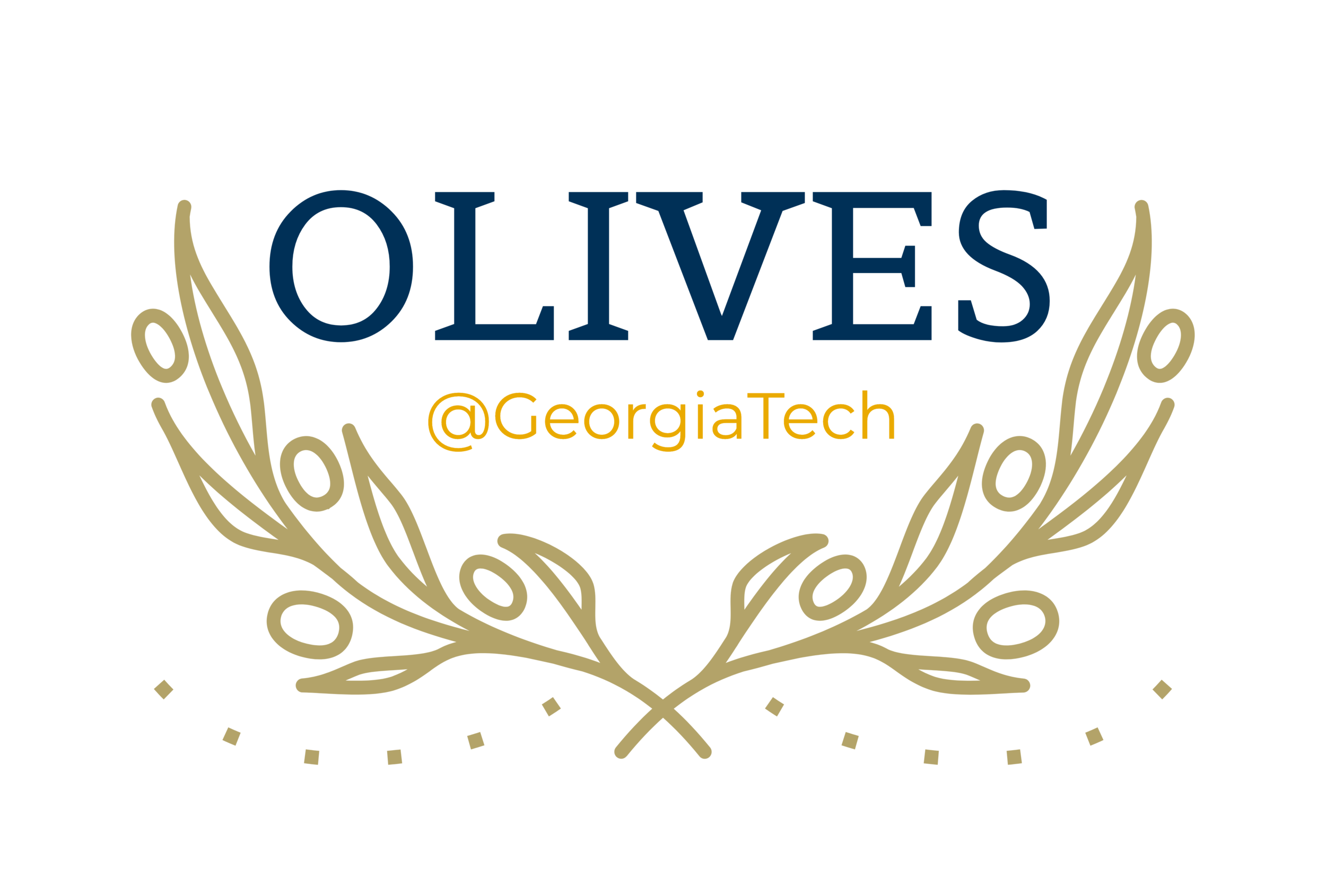Analysis of DHI Dataset: Through Visualization of Custom Counterfactuals via a Graphical User Interface (GUI)
Collaborators: Prithwijit Chowdhury, Ahmad, Mohit and Ghassan AlRegib
Goal/Motivation: To provide concerned users with an easy to interact visualization tool which allows them to intervene on any and all aspects of the features present in a dataset (currently DHI; to be expanded to others as well) and study the corresponding changes in the outcome prediction from a trained ML classifier model.
Challenges: Decision making based on the inferences from high dimensional datasets has always been an issue especially when the user lacks the proper domain knowledge to verify the validity of the changes in the outcome. ML classifier models act as black-box systems trained to derive the underlying correlation present between these features in a dataset and the outcome [2] and thus can be used as tools for feature intervention.
However, having an easy interactive tool which will provide all these facilities, in a single graphical setting; without calling for low level coding skills or even domain knowledge is something which isn’t that commonly available.
High Level Description of the Work:
The Graphical User Interface will allow the users to interact with the feature sets in a given dataset, and let them provide their custom values for these features to generate new counterfactual [3] datapoints, beyond the ones present in the observational distributions.
The GUI is equipped with several real-time trained ML classification models which will show the user the predicted change in outcome probability based on the new counterfactual points provided.
This allows the user (lacking domain knowledge) to intervene and study the high level correlation [1] between the feature sets and the outcome of a dataset in a graphical setting and make quick decisions based on outcomes for these new values.
References:
A. Mustafa and G. AlRegib, "Explainable Machine Learning for Hydrocarbon Prospect Risking," in International Meeting for Applied Geoscience & Energy (IMAGE), Houston, TX, Aug. 28-Sept. 1 2022. [PDF]
AlRegib, Ghassan, and Mohit Prabhushankar. "Explanatory Paradigms in Neural Networks." arXiv preprint arXiv:2202.11838 (2022).[PDF][CODE]
Mothilal, Ramaravind K., Amit Sharma, and Chenhao Tan. "Explaining machine learning classifiers through diverse counterfactual explanations." Proceedings of the 2020 conference on fairness, accountability, and transparency. 2020.[PDF][CODE]


